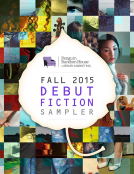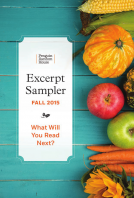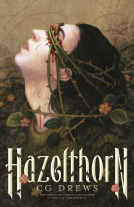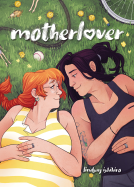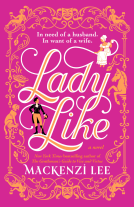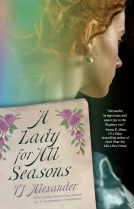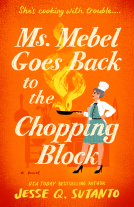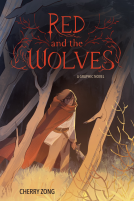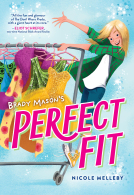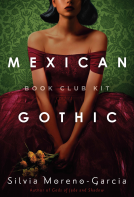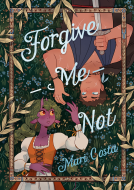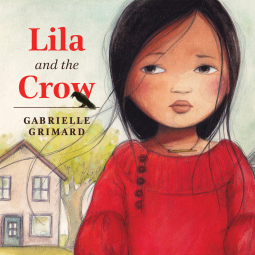
Lila and the Crow
by Gabrielle Grimard
This title was previously available on NetGalley and is now archived.
Send NetGalley books directly to your Kindle or Kindle app
1
To read on a Kindle or Kindle app, please add kindle@netgalley.com as an approved email address to receive files in your Amazon account. Click here for step-by-step instructions.
2
Also find your Kindle email address within your Amazon account, and enter it here.
Pub Date Oct 11 2016 | Archive Date May 26 2017
Annick Press Ltd. | Annick Press
Description
The next day, Lila covers her hair. But this time, the boy points at her dark skin. When she covers her face, he mocks her dark eyes. Now every day at school, Lila hides under her turtleneck, dark glasses, and hat. And every day when she goes home, she sees a crow who seems to want to tell her something. Lila ignores the bird and even throws rocks at it, but it won't go away.
Meanwhile, the great autumn festival is approaching. While the other kids prepare their costumes, Lila is sadder and lonelier than ever. At her lowest point of despair, a magical encounter with the crow opens Lila's eyes to the beauty of being different, and gives her the courage to proudly embrace her true self.
Available Editions
| EDITION | Other Format |
| ISBN | 9781554518586 |
| PRICE | $18.95 (USD) |
Average rating from 82 members
Readers who liked this book also liked:
Mia Jay Boulton; Laurel Boulton
Comics, Graphic Novels, Manga, Romance, Sci Fi & Fantasy
Silvia Moreno-Garcia
Historical Fiction, Literary Fiction, Sci Fi & Fantasy
Sir Arthur Conan Doyle
Comics, Graphic Novels, Manga, Mystery & Thrillers, Teens & YA
